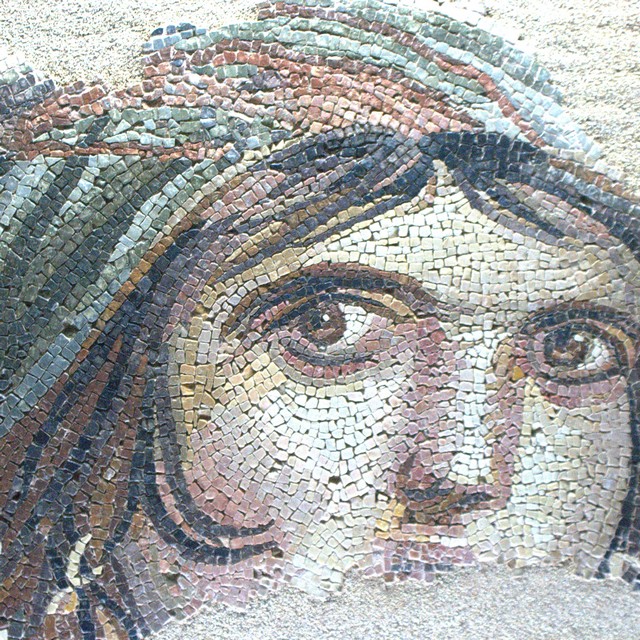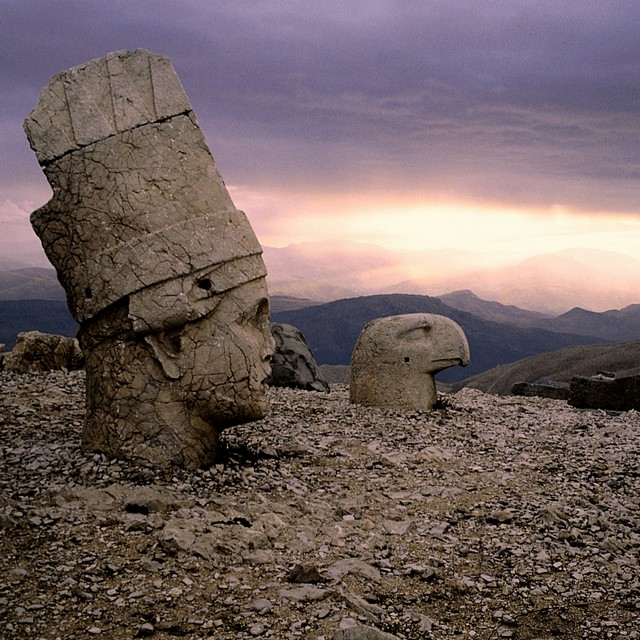In contrast to the aridness of Mount Nemrut, we head off early morning to Roman relics strategically positioned high above one the major rivers of the ancient world. The ruined citadels of Halfeti and Rumkale are a must-see. Both lie on opposite banks of one of the greatest rivers of early civilisation - the Euphrates (the others being the Tigris, the Nile, the Indus, Ganges and Yellow river).
The quiet hillside town of Halfeti was partially submerged by the introduction of a dam in 2001. And Rumkale was a Byzantine fortress perched on rock above a dramatic u-bend in the river. Following lunch, we leave the Euphrates to head toward your final destination: Gaziantep. Arriving late afternoon, we will visit the Zeugma Mosaic Museum, the largest of its kind in the world. Afterwards transfer to hotel.
Overnight in Anadolu Evleri, Gaziantep
Meal plan: Breakfast
A small farming district situated on the East bank of the river Euphrates, Halfeti has been a home to the Assyrians (first established by Assyrian King, ShalmaneserII I in 885 BC), the Greeks, Romans, the Mameluks and the Ottomans. Despite being sieged by the Mameluks, parts of the old city walls still remain.
Rumkale translates to ‘Roman Castle’ and was once a powerful fortress, overlooking the river Euphrates. In ancient times a site of great strategic importance to Romans and Assyrians alike, the fortress is accessible by boat from the neighbouring Zeugma Region. Today, much of the lower-lying town area has been flooded, but the dramatically situated Rumkale helps you imagine the magnificence of the area in ancient times.
The culinary capital of Eastern Turkey, Gaziantep’s famous baklava (pistachio pastries) are shipped all over the country and beyond, and its renowned restaurants serve up mouth-watering dishes. Besides cuisine, Gaziantep boasts a fine Seljuk-era citadel, numerous impressive mosques and restored old buildings. Gaziantep’s chief draw however, is its mosaic museum, believed to be the best in the world. The mosaics were recovered from the ancient Roman town of Zeugma, now underwater. The town’s bustling city markets are also well worth a visit.
The Zeugma Museum houses many impressive artworks and sculptures which testify to the area’s magnificence in Greek and Roman times. Its highlight however is a series of mosaics, the most famous of which is a mosaic known as the “Gypsy Girl”.


























